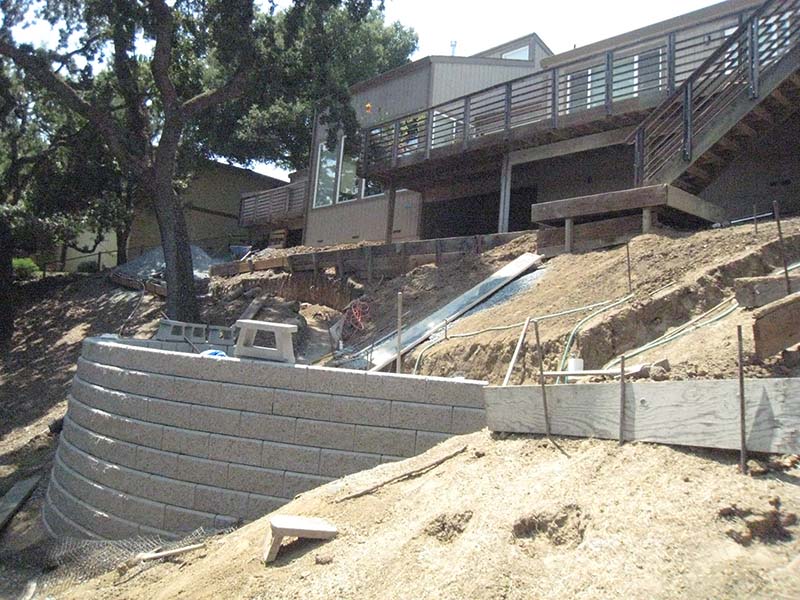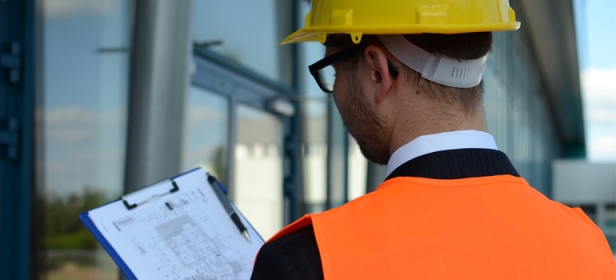Fascination About Retaining Wall Inspections
Table of ContentsRetaining Wall Inspections Things To Know Before You BuyRetaining Wall Inspections Can Be Fun For Everyone10 Simple Techniques For Retaining Wall InspectionsThe Greatest Guide To Retaining Wall Inspections
A wall with several owners might have one report submitted for all of the owners, but each private owner must send their very own filing costs. Preliminary filing: $355. 00Amended declaring: $130. 00Application for extension of time to finish fixings: $260. 00 Late declaring: $250 each month, Failing to submit: $1,000 per year, Failure to remedy a risky problem: $1,000 each month, prorated daily If a risky problem is observed during the assessment, The owner must repair the wall and/or take appropriate procedures to protect the safety and security of the general public.
There is no condominium area asset much more forgotten than its site walls. They essentially enter into the landscape and also seem to go away, yet they are vital to the wellness of the area. They are sometimes called maintaining walls or in some cases just landscape frameworks, but in the sloping insides of Maine or the rugged slopes of the shoreline, these frameworks permit the very existence of some apartment communities.
They can be put concrete, steel, or timber. They can be concrete block or rock or brick. They can be extremely tall or extremely short. Whatever they are, if they fall short, they can be dangerous and costly to fix. A sensible premises committee ought to schedule regular assessments and also keep a log of repair services.
The Definitive Guide for Retaining Wall Inspections
Heavy rainfalls or soil frost activity can have a significant result on a keeping wall surface in a short time. At the very the very least, someone needs to do an annual evaluation and also compare those searchings for with the year prior to. Like us, aging retaining walls wear away largely due to the fact that of gravity. This can be because of the too much soil loading behind the wall surface or the weight of the wall straining the soil problems underneath the wall.
Weep holes are created to lower this boost in hydrostatic stress, yet weep holes can be obstructed by debris or overwhelmed by the amount of water. Among the initial actions in the evaluation process is to observe the problems of the ground surfaces upslope of the maintaining wall surface. Some walls have trench or various other kinds of drains to intercept the water while some ground surface areas are created to quickly drain water over or around the wall surface prior to it can go into the ground behind the wall surface.

If they lean onward or have signs of protruding in any kind of places this can show excess back stress or failure in the underlying soils. Straight splits are usually more significant than upright fractures. The initial time this is noted it should be brought to the focus of the facility manager or your designer.
Excitement About Retaining Wall Inspections
Wood wall components can rot with age. Any sort of wall can crack as well as permit plants matter to expand from either side of the wall. All origins, weeds, or other growth should be removed when found, as they can use considerable pressure to the crack as well as produce local weakening of the wall.
Missing out on wall surface rocks or blocks can likewise be a sign of extreme creating problems. These missing aspects may deteriorate the architectural integrity of the keeping wall surface and also indicate excessive dirt pressures forecasting future wall protruding, bowing, or bellying either up and down or horizontally - retaining wall inspections. As the original maintaining wall surface was made for particular loading problems, any kind of adjustments in the basic proximity of the wall need to be considered.
This could include a road, auto click parking whole lot, or making use of roadway salts or deicers near the wall. It additionally consists of any type of modifications to the pattern of surface water drainage such as switching from a grassy surface to a mulched surface area. Among the subtlest wall surface failures is the real activity of the incline itself.
For this reason, it is very important to record not just the wall surface however the outer areas in the area to make sure any kind of activity out of the regular is noted and also reported. Specifically keep in mind any type of ground motion at the foot of the keeping wall surface. A noticeable wall surface is a risk-free wall.
7 Easy Facts About Retaining Wall Inspections Described
Most of readily available SRW systems are dry-cast machine-produced concrete. Traditional SRWs are classified as either single depth or numerous depth. The optimum wall height that can be created utilizing a solitary depth unit is straight proportional to its weight, size, unit-to-unit check my site shear strength as well as batter for any type of offered soil as well as website geometry problems (retaining wall inspections).
7 MPa) for approximately 3 systems with a minimum of 2,500 psi (17. 2 MPa) for a specific device. When higher compressive toughness are specified, the checked ordinary internet area compressive stamina of 3 units is required to equivalent or surpass the defined compressive stamina, and the minimum needed solitary unit stamina is: the specified compressive toughness minus 500 psi (3.
4): weight reduction of each of 5 examination samplings at the conclusion of 100 cycles 1% of its preliminary weight; or weight management of each of 4 of the 5 test specimens at the end of 150 cycles 1. 5 % of its initial weight. Date of assessment: Professional: Job name: Designer: Address: Assessor: The SRW design must be reviewed for general uniformity with applicable requirements.